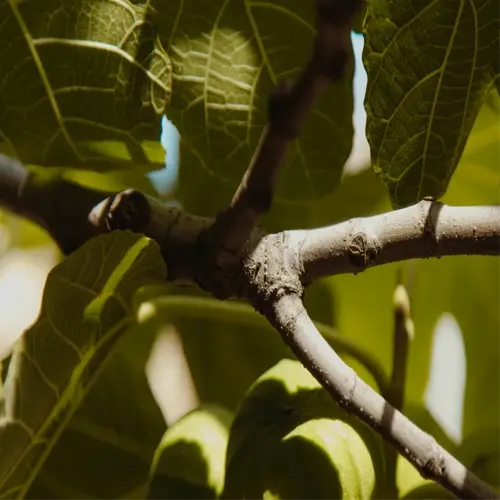How often should I water ginger plants?

Written by
Liu Xiaohui
Reviewed by
Prof. Martin Thorne, Ph.D.How to grow ginger while maintaining the right balance of moisture involves a delicate dance of watering and draining properly. Too much water can drown your roots, and not enough can result in poorly growing rhizomes. When I first began growing ginger, my ginger crop exploded with growth when I started to implement a rain gauge system. I found it helpful to record precipitation with the rain gauge weekly to ensure I adjusted my irrigation accordingly.
Container Plants
- Check soil daily in temperatures above 85°F
- Water when top 1 inch feels dry
- Use pots with drainage holes
- Add perlite to retain moisture
Garden Beds
- Test soil 3 inches deep before watering
- Apply 1 inch water weekly in summer
- Install drip lines for even distribution
- Mulch with straw to reduce evaporation
The type of soil determines its absorption rates. Just for example, clay mixes need to be watered 30% less often than sandy soils. I incorporate coconut coir into my raised beds because it can hold as much as 8 times its weight in water. This allows me to water less in the Texas summers, while still contributing to my plants not getting too waterlogged roots.
Summer Care
- Water at dawn to reduce evaporation
- Shade plants during heatwaves
- Increase humidity with pebble trays
- Avoid wetting foliage to prevent sunscald
Winter Care
- Reduce watering to every 10 days
- Use tepid water to avoid root shock
- Cover beds with frost blankets
- Stop fertilizing in dormancy
Observe leaf health for clues about the need for hydration. Wilted or curling leaves indicate a thirsty plant while yellowing leaves indicate overwatering. My clients in Oregon use moisture meters; the probes must be inserted 6 inches deep near the root system so accurate readings can be taken, although deeper readings can also help. Plan adjustments based on the plant's needs, rather than through a fixed calendar.
Read the full article: How to Grow Ginger: A Complete Step-by-Step Guide

